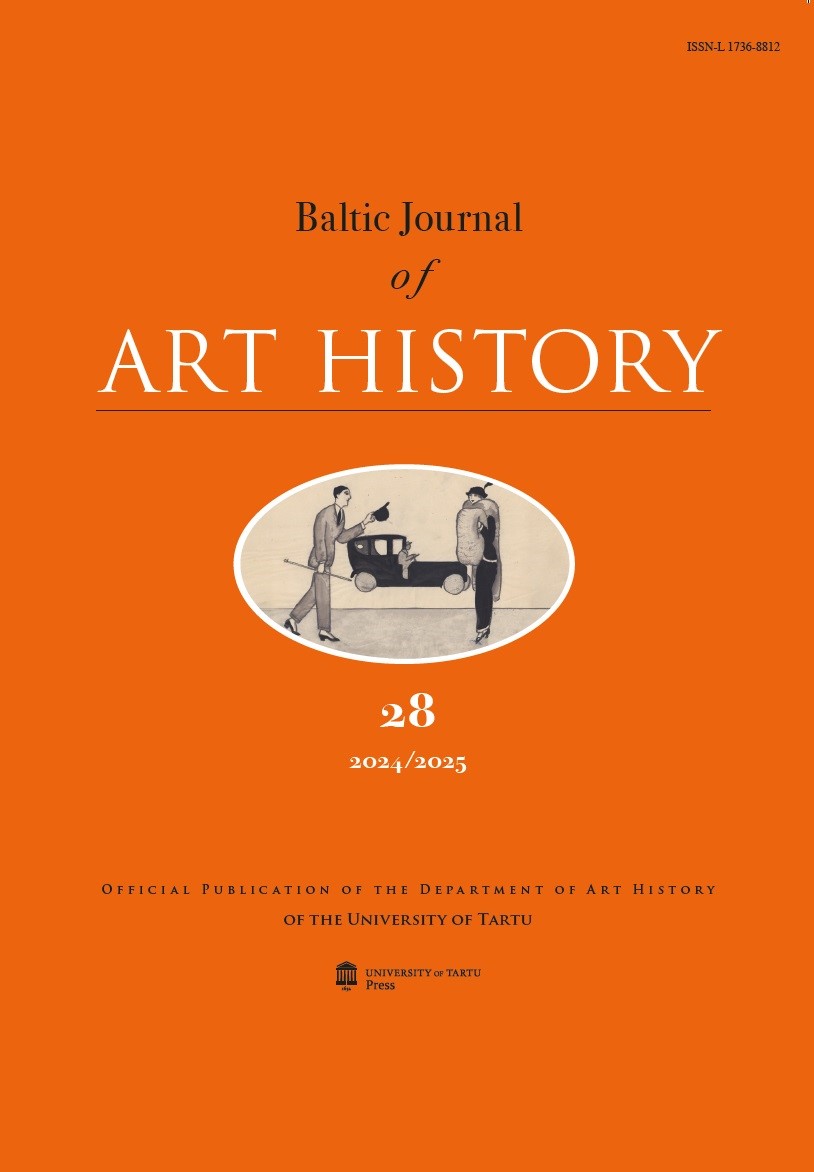Evaluation of Medieval Estonian Murals with a Focus on Painting Technique: Novel Findings on Paint Layer Composition
DOI:
https://doi.org/10.12697/BJAH.2025.28.03Keywords:
medieval, murals, Estonia, technique, microscopy, lime, caseinAbstract
The current study gives an analytical overview of the medieval
(13th–15th century) wall-painting techniques and materials used in
Estonia. The research is mainly based on visual observations at
specific locations and on micro stratigraphic sample analysis using
optical and electron microscopy and energy dispersive spectroscopy
(EDS). Additionally, microchemical spot tests were carried out to
determine the presence of organic additives in paint layers. Samples
from eleven churches were examined (Ambla, Järva-Peetri, Koeru,
Türi, Martna, Ridala, Muhu, Valjala, Pöide, Kaarma, Lüganuse,
Haljala). Three paint layer samples, originating from Pöide, Koeru
and Ambla churches, were analysed by the gas chromatographymass
spectrometry (GC-MS) method to determine the type of
organic binder additives used in the paints. The article presents
the information gained from the first analytical and comparative
material study of the wall-paintings preserved in medieval Estonian
church architecture. Microscopic analysis of the stratigraphy of
plaster and paintings revealed the usual layered structure in the
examined paintings: typically, a preparatory limewash layer was
applied to the plaster before the mural painting, though in two cases, the painting was executed directly on the plaster. The findings
indicate that dolomitic lime of different quality is the main and
most common binder in both the underlying plasters and lime wash.
Aerial calcitic lime was used for the limewash in only two paintings.
Building on these insights, an experimental study was conducted to
replicate the original technique, aiming to practically test the wall
painting methods employed during the studied period. The focus
is on the interior paintings as well as two examples of the exterior
decoration. The study contributes to local and regional technical art
history and to conservation specialists’ better preservation decisions.

